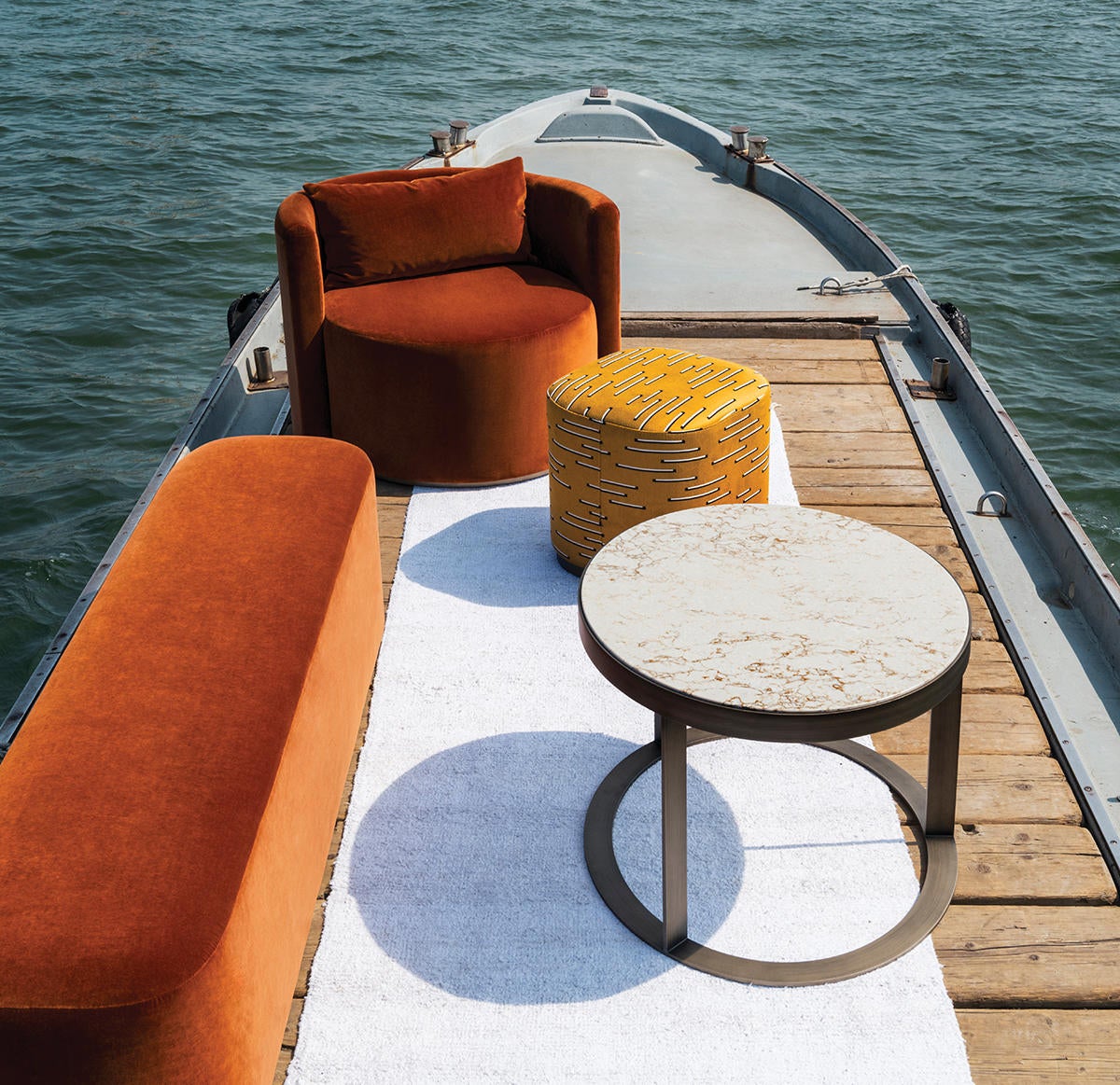The season’s standout textiles, ceramics and soft goods have a creative secret in common: They were all designed screen-to-screen rather than side-by-side.
While the home industry posted some of its best numbers in 2020, the year was also a test of resilience amid a new work-from-home reality that upended creative routines, separated design teams and forced high-touch processes online. A lot can get lost in translation, whether it’s colors that read differently on-screen or fabrics that have to feel just right—but the talents behind these new product lines rose to the challenge.

Pieces from Artemest’s UNO collectionCourtesy of Artemest

Ready to dig in?
This article is available exclusively for
BOH subscribers and BOH Insiders.
BOH subscribers and BOH Insiders.
Want full access?









































